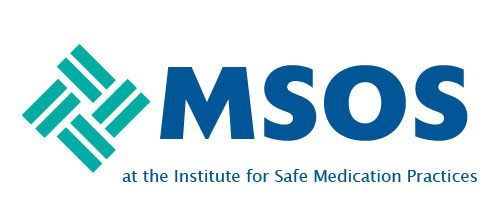I just finished attending the USP 800 presentation at the ASHP Summer mtg. It was a great review of chemo handling, but I wanted to hear more about handling non-antineoplastic hazardous drugs. Guidelines for handling chemo are pretty straightforward and staff are on board. It's the non-chemo (spironolactone, carbamazepine, oxytocin) that is causing confusion and frustration. The speakers said to do an "Assessment of Risk", then you can handle non-chemo differently...I am not a toxicologist and do not feel that I have the expertise (or liability insurance!) to make that kind of call. How are others handling non-chemo hazardous drugs? Has anyone done the "assessment of risk" that is mentioned in USP 800?
These are the scenarios I have trouble with:
Do you mix an oxytocin drip in a chemo hood?
Do RNs wear PPE and dispose of them in a chemo waste bin when administering phenytoin?
Do RNs need to dispose of diapers in a chemo waste bin if their patient is on carbamazepine?
Any help/thoughts are much appreciated!

